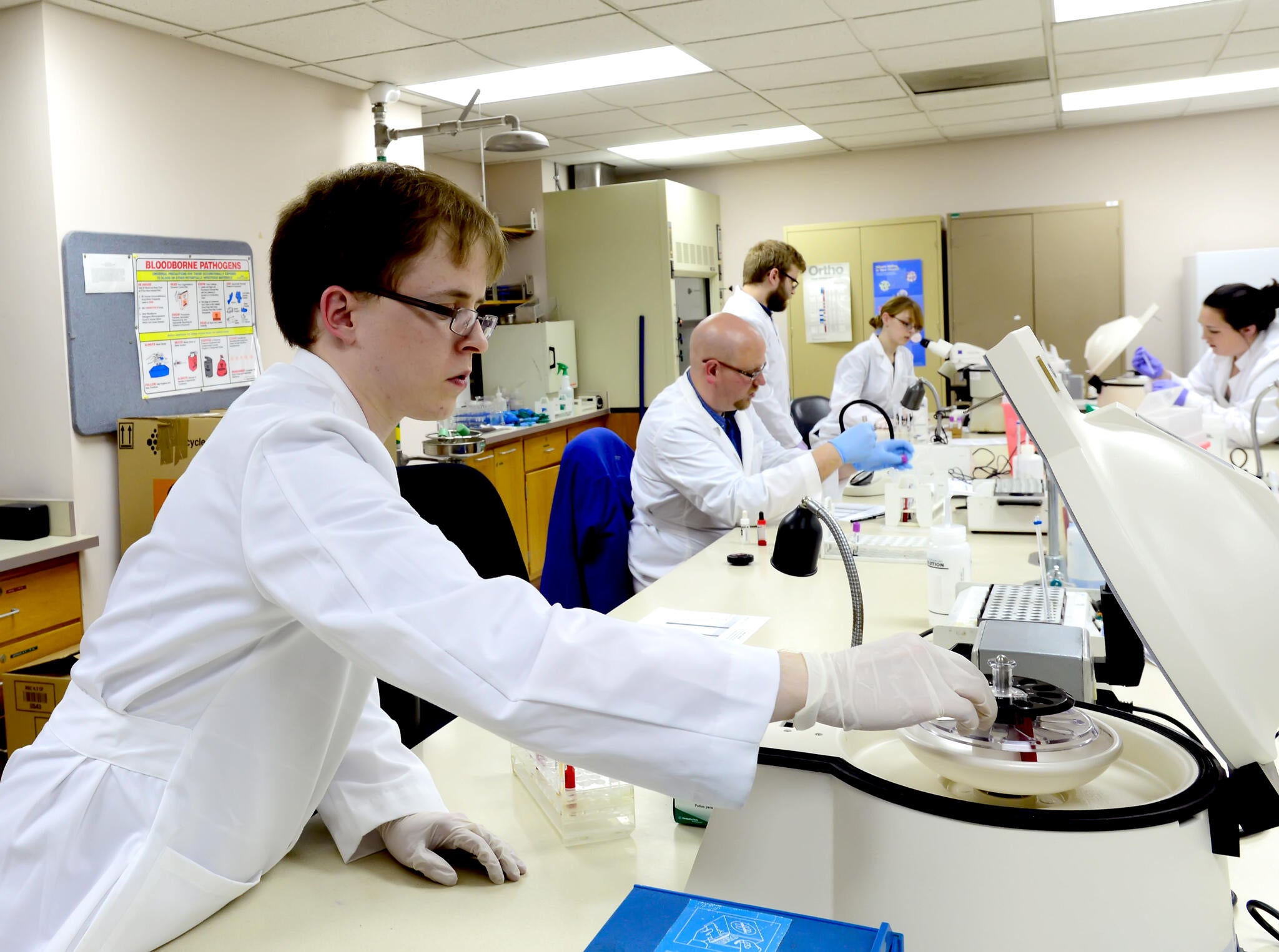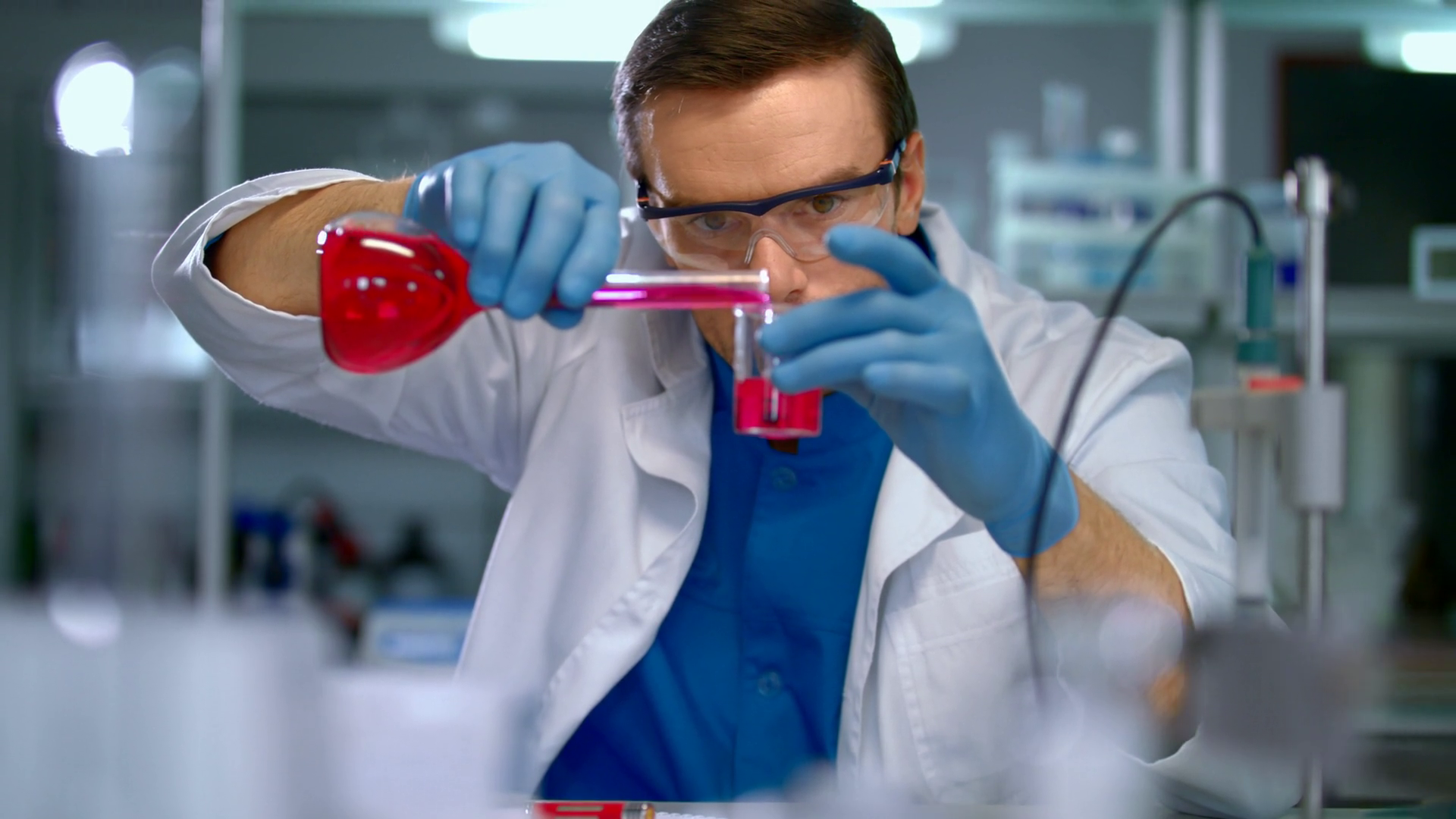
A total of 168 patients (41.6%) were diagnosed with a bleeding disorder caused by a factor deficiency, of which 17.1% were described as hemophilia A (n=69), 6.2% were described as vWD (n=25), and 4.2% were described as hemophilia B (n=17). All patients were screened with routine coagulation assays and a complete blood cell count a factor assay was performed if indicated by the results of the screening assays. Four hundred and three patients matched our criteria. A 14-year retrospective study (1991-2005) was conducted for patients referred to the coagulation section of the Hematology Department (King Hussein Medical Center, Amman, Jordan), who had suffered from bleeding tendencies to assess the prevalence of bleeding disorders among Jordanians and to describe their clinical manifestations. What part can you play in the knowing and the doing?Ĭongenital bleeding disorders comprise a heterogeneous group of diseases that reflect abnormalities of blood vessels, coagulation proteins, and platelets. ASCLS has understood this, has taken up the gauntlet and has advocated for our field and its effect on patients in need of clinical laboratory tests for longer and with more success that any entity in US history. That they may seem obtuse is but one more reason for a vibrant participatory body politic, players on all sides who care to take the time to know the issues and our current boundaries. George III wasn't big on any of these in the 18th century, so they now exist for the protection of us all. The framers intended that the system be energized, not paralyzed by multiple checks, balances, controls and remedies. This commentary on the consequences of political action supports hard work, action, and vigilance. Failure to nurture the idea means it may have a previously undreamed-of effect. What ultimately happens to a great idea depends on our nurture and protection, meanwhile the efforts of others may subjugate its purpose. The CLS program is accredited by the National Accrediting Agency for Clinical Laboratory Sciences (NAACLS) via its partnership with the NAACLS-accredited Medical Laboratory Science program of the University of Nebraska Medical Center.A similar analysis relates to bloodborne pathogens legislation, clinical laboratory reimbursement regulations, and Title VII support for health professions education. Upon completion of the program, students are eligible to challenge the Medical Laboratory Scientist credentialing examination administered by the American Society for Clinical Pathology Board of Certification (ASCP BOC). Students graduate with a Bachelor of Health Science (BHS) degree in Clinical and Diagnostic Sciences with an emphasis in Clinical Laboratory Science from the University of Missouri with a Certificate in Medical Technology from the University of Nebraska Medical Center. After the initial 13 weeks in the program, CLS students return to Columbia and complete their clinical laboratory rotations at local and regional clinical sites. The clinical year begins during the third week of May, with 13 weeks of coursework and clinical lab rotations in a dedicated summer student lab facility at the University of Nebraska's Medical Center in Omaha. The CLS program includes three years of pre-requisite coursework, and 11 months of clinical coursework.

The Clinical Laboratory Science (CLS) program at MU is a unique collaboration with the University of Nebraska Medical Center in Omaha. Approximately 60 to 70 percent of all medical decisions regarding a patient's diagnosis and treatment, as well as their hospital admission and discharge, are based upon laboratory test results obtained by Clinical Laboratory Scientists. Clinical Laboratory Scientists have various levels of responsibility – as staff technologists, research technologists, supervisors, managers, or educators – and can work in a variety of settings, including hospitals, clinics, laboratories, and research centers.

Clinical laboratory Scientists are skilled, certified professionals trained in the theoretical and practical aspects of clinical laboratory medicine – chemistry, hematology, microbiology, immunology, molecular pathology, and blood banking.


 0 kommentar(er)
0 kommentar(er)
